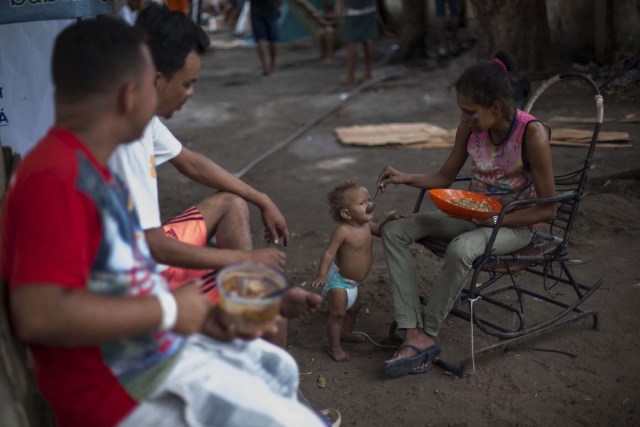
/ AFP PHOTO / MAURO PIMENTEL
Manuel y su esposa no paran de toser pero sonríen: su bebé ya no tiene sarampión. Hace años integraban la clase media de su natal Venezuela, pero ahora se albergan en un hacinado refugio en el norte de Brasil, junto a cientos de compatriotas que huyeron de la crisis.
La familia vive desde hace un mes en el abrigo Tancredo Neves en Boa Vista, la capital de Roraima, a 200 km de la frontera con Venezuela. El gimnasio fue declarado refugio en 2017, cuando el flujo migratorio venezolano explotó instalándose en plazas, parques y esquinas de esta ciudad de 330.000 habitantes.
Carpas, hamacas, cartones: la gente duerme como puede en Tancredo Neves. Uno que otro privilegiado tiene un colchón. La ropa cuelga por doquier.
El espacio debería albergar como máximo a unas 180 personas, evalúa la Agencia de la ONU para los Refugiados (Acnur). Pero estimaciones oficiales dicen que hay más de 600. No hay un número exacto, como tampoco lo hay de venezolanos en Boa Vista. La alcaldía calcula que son 40.000, equivalentes a poco más del 10% de su población.
La mayoría procede del este de Venezuela. Por el oeste, más de medio millón ya se marcharon a Colombia, buscando mejores horizontes que los de un país rico en petróleo pero sumido en una debacle económica y social, con el gobierno de Nicolás Maduro cada vez más aislado en la escena continental.
– Sobrevivir –
Los dos patios del gimnasio están impregnados con el olor a madera quemada. Muchos cocinan en fogatas, usando latas como ollas. Sopa, pasta o arroz con algunas verduras, aquí es la ley del plato único.
Quienes no consiguen alimentos dependen de la cocina comunitaria, un pequeño espacio mal acondicionado, donde algunos voluntarios se turnan para preparar almuerzos masivos con productos donados.
“Eso no se puede comer”, dice Katiuska Cedeño, de 43 años, mientras revuelve un ensopado con arroz y algunas verduras en una tiznada lata de aceite.
Hace cuatro meses dejó Venezuela con su esposo y sus dos hijos, “para cambiar de vida”. Pero allí, lamenta, “no se vive sino que se sobrevive”.
Duermen en un rancho de cartón construido bajo un árbol. Una ubicación privilegiada en una ciudad donde las temperaturas rayan los 36ºC, pero que de poco servirá en abril, cuando comiencen las lluvias amazónicas.
“La situación de los venezolanos está empeorando en este tipo de refugio porque es insalubre y promueve el aumento de enfermedades como sarna, dermatitis, gripe, asma y alergia”, advierte el doctor municipal, Raimundo de Sousa.
– “Porque no es Venezuela” –
Al fondo del patio una gallina corretea en torno a una fogata donde jóvenes hierven agua para colar café.
“Esa gallina sólo está viva porque esto no es Venezuela”, dice Luis, de 19 años, mientras se balancea sobre una hamaca. “No sabemos cuándo llegó, apareció aquí, es como nosotros, otra sin casa”, agrega Maikel, de 17.
Los voluntarios de la cocina estiran las provisiones para que todos coman. Si sobra, cosa rara, se repite.
A pocos metros, Mónica Becker, de 31 años, se dispone a asear a su hijo menor, un bebé aún de brazos.
Vendedora ambulante en la caribeña Puerto La Cruz, a más de 1.000 km de distancia, se marchó con sus dos hijos y se quedó sin dinero en la frontera, pero pudo llegar hasta Boa Vista con pasajes de caridad de la iglesia.
La mujer está agradecida por tener donde dormir, pero lamenta el estado de los baños. El de mujeres y niños tiene cinco sanitarios, todos tapados, y el mal olor llega hasta la entrada.
Las mujeres se asean con agua que recogen en potes. Los dos lavamanos sirven de estantes para colocar toallas y mudas de ropa. El piso está inundado.
Mónica llora, por haber dejado en Venezuela a su madre y su hermano. “No quería que mis hijos murieran de hambre, por eso me vine”, explica.
Espera que la crisis acabe, para volver.
– Esperando el futuro –
El Tancredo Neves está en un barrio de clase baja en la populosa zona oeste de Boa Vista. Fuerzas de seguridad custodian la entrada y acaban de instalar cámaras y un sistema de brazaletes para controlar el acceso.
“Esto es horrible (…), no quiero esto para mis hijas”, dice Norbelys Linares, que trabaja en un mercado y en una buena semana envía 20 reales (USD 6,2) para ayudar con la educación de sus hijas. “Prefiero que no coman, pero que estudien”.
Delgada, curtida por el sol y aparentando más que sus 33 años, Norbelys, que estudiaba contabilidad, anhela mejorar su condición para traer a sus dos hijas, de 9 y 12 años. Tiene apenas unas cobijas y un par de mochilas de las que saca una muñeca de trapo.
“La compré para ellas”, cuenta. Pero no sabe cuándo podrá entregárselas y la incertidumbre le hace llorar. Sujeta la muñeca. “Al menos siento que las tengo aquí”, reseña AFP.
por Paula RAMON/AFP
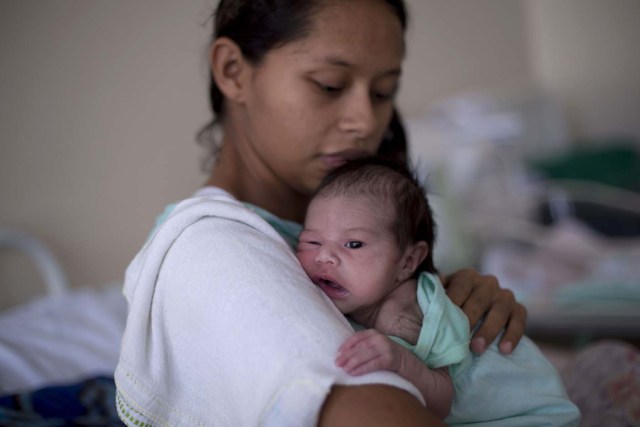


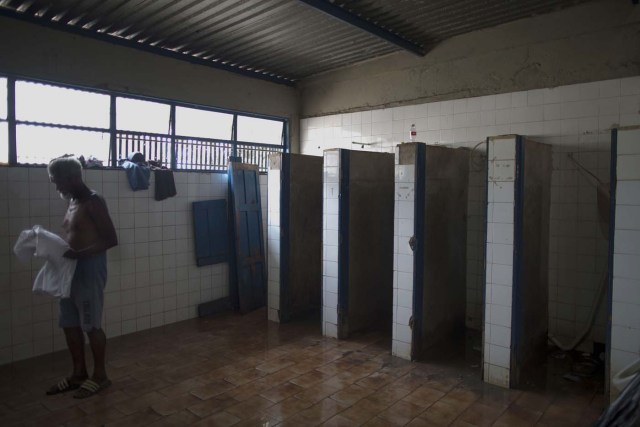
/ AFP PHOTO / MAURO PIMENTEL
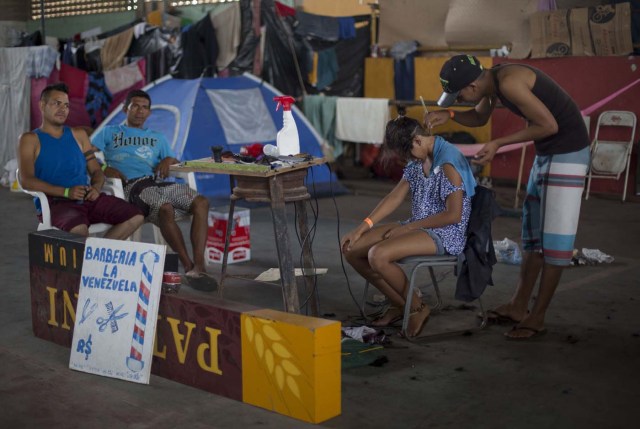
/ AFP PHOTO / MAURO PIMENTEL

/ AFP PHOTO / MAURO PIMENTEL
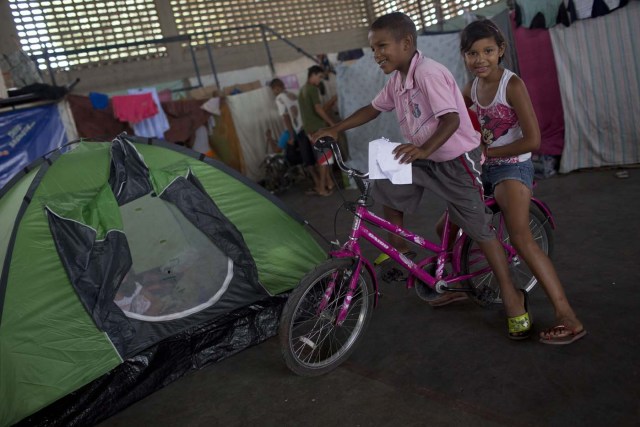
/ AFP PHOTO / MAURO PIMENTEL
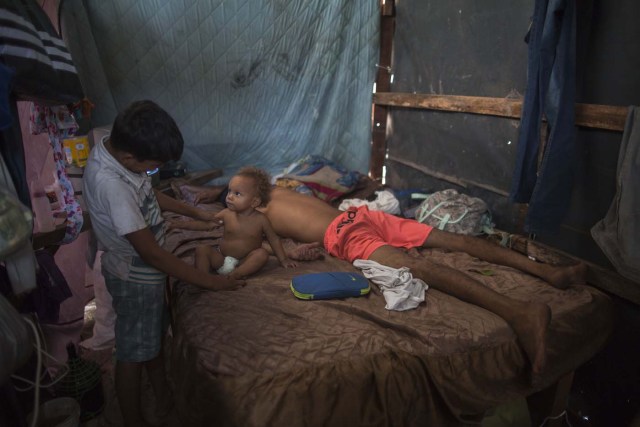
/ AFP PHOTO / MAURO PIMENTEL
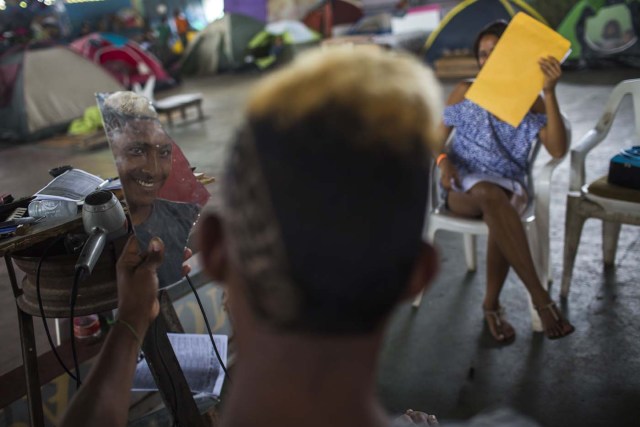
/ AFP PHOTO / MAURO PIMENTEL
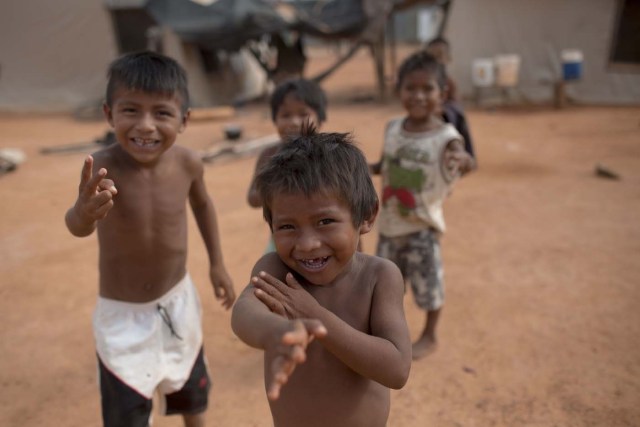
/ AFP PHOTO / MAURO PIMENTEL

/ AFP PHOTO / MAURO PIMENTEL
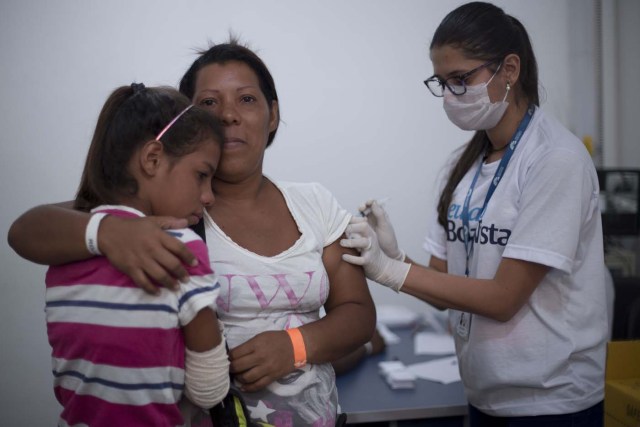
/ AFP PHOTO / MAURO PIMENTEL
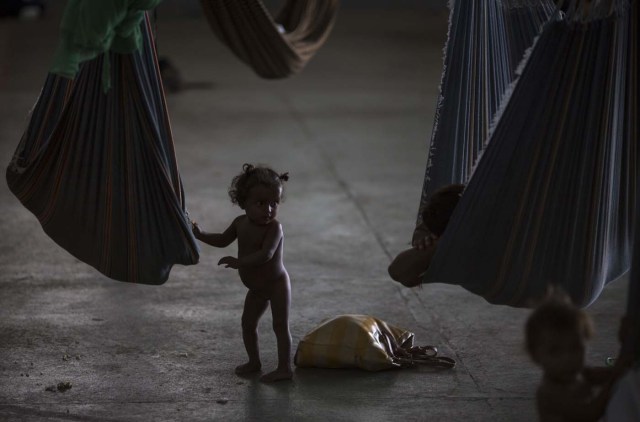
/ AFP PHOTO / MAURO PIMENTEL

/ AFP PHOTO / MAURO PIMENTEL
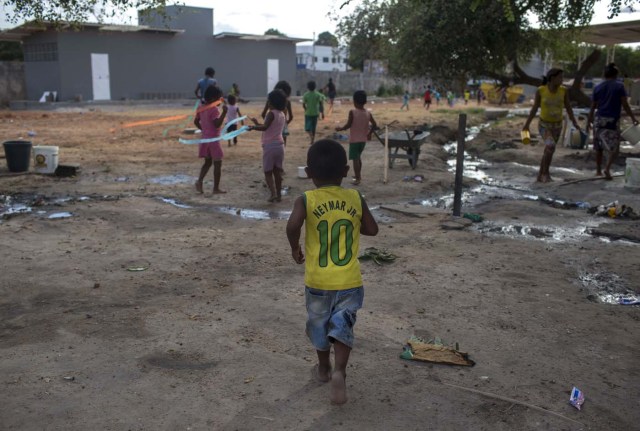
/ AFP PHOTO / MAURO PIMENTEL

/ AFP PHOTO / MAURO PIMENTEL
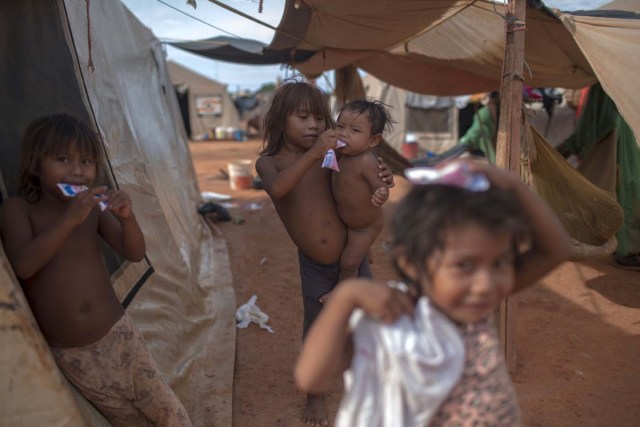
/ AFP PHOTO / MAURO PIMENTEL
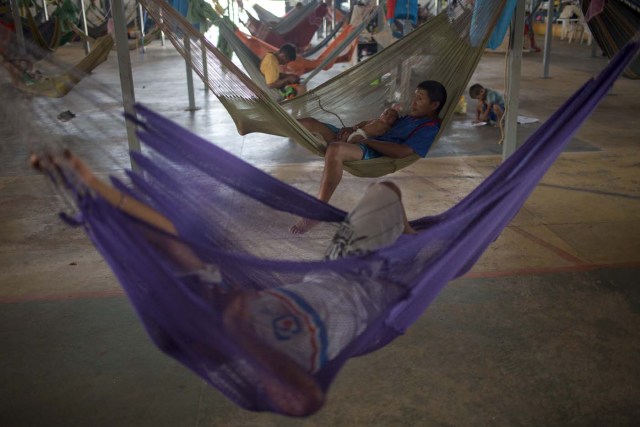
/ AFP PHOTO / MAURO PIMENTEL
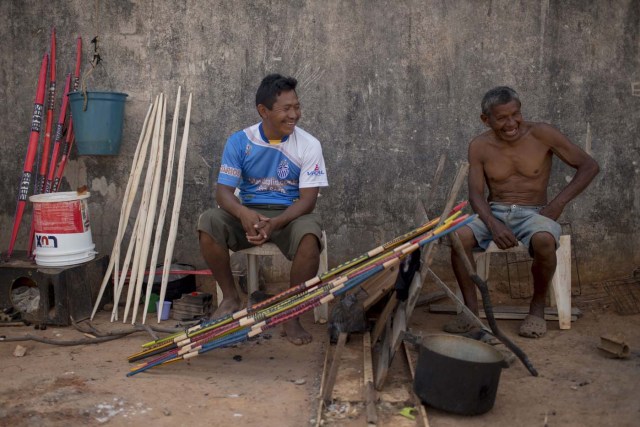
/ AFP PHOTO / MAURO PIMENTEL

